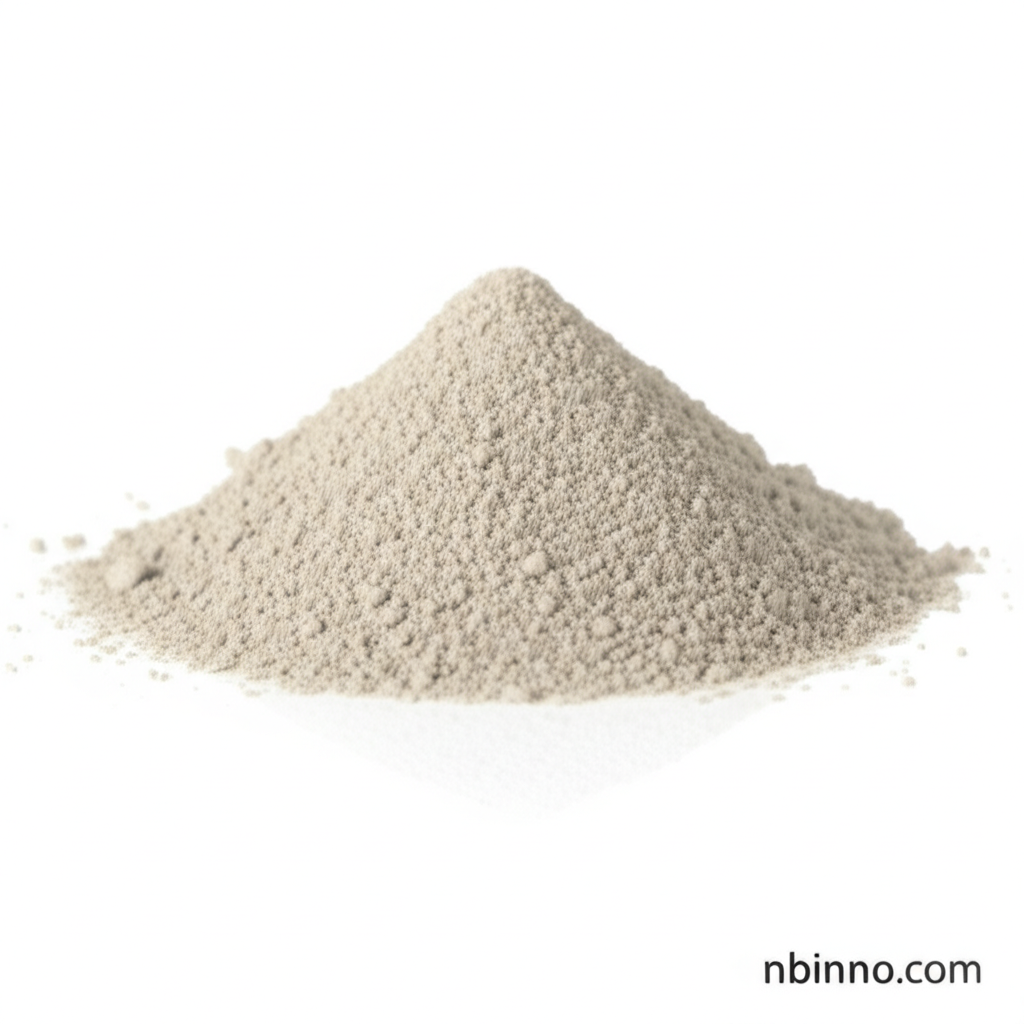Understanding 2,6-Dichlorobenzamide: Properties, Applications, and Environmental Significance
Exploring the chemical profile and environmental impact of a key herbicide metabolite.
Get a Quote & SampleProduct Core Value

2,6-Dichlorobenzamide
2,6-Dichlorobenzamide (BAM) is a significant environmental compound, primarily known as a persistent metabolite of the herbicide dichlobenil. Its presence in groundwater often exceeds regulatory limits, necessitating advanced treatment methods. Research into microbial remediation strategies, particularly those involving bacteria capable of degrading BAM, is crucial for ensuring safe drinking water sources.
- Investigating the environmental persistence of pesticides like dichlobenil and its metabolite BAM is vital for public health.
- Discovering microbial degradation of BAM offers sustainable solutions for groundwater contamination.
- The specific bacterial strain Aminobacter niigataensis MSH1 demonstrates promise in biological treatment of water pollutants.
- Understanding herbicide metabolite degradation pathways aids in developing effective water treatment technologies.
Key Advantages
Environmental Persistence Insights
Studying the environmental persistence of pesticides and their metabolites, such as 2,6-dichlorobenzamide, provides critical data for risk assessment and management.
Bioremediation Potential
The capacity for microbial degradation of BAM by specific microorganisms like Aminobacter niigataensis MSH1 highlights a promising avenue for natural and sustainable environmental remediation.
Groundwater Quality Assurance
Effective biological treatment of water pollutants is essential for maintaining the quality of groundwater, ensuring it remains safe for consumption.
Key Applications
Environmental Monitoring
Tracking the presence and behavior of 2,6-dichlorobenzamide in water bodies is essential for environmental monitoring programs.
Bioremediation Research
Research into the microbial degradation of BAM is fundamental for developing effective bioremediation strategies for contaminated sites.
Water Treatment Technologies
Understanding BAM's properties aids in the development of advanced water treatment technologies to remove persistent organic pollutants.
Herbicide Impact Studies
Analyzing herbicide metabolite degradation helps assess the long-term environmental impact of agricultural chemicals.
